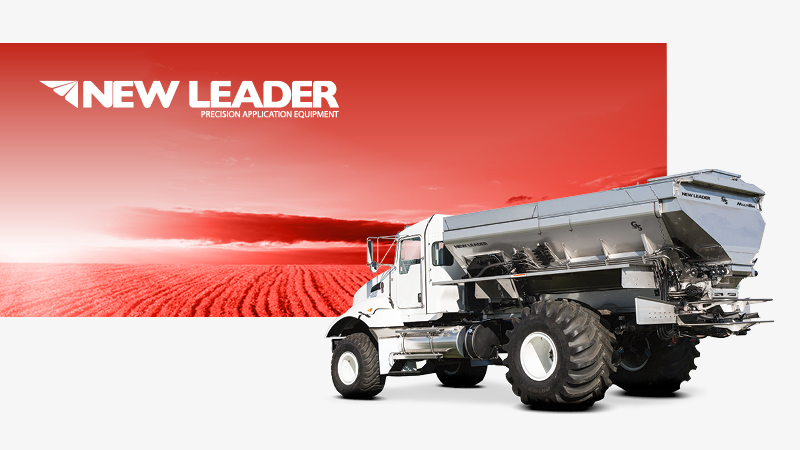Report: Global Fertilizer Demand to See Little Growth in 2024
A new RaboResearch report reveals challenging circumstances for global fertilizer markets in 2024. Despite initial hopes for recovery, fertilizer demand has not sustained the growth observed in 2023. Demand for key fertilizers remains sluggish. The fertilizer affordability index, currently neutral, is expected to turn negative later in the year due to pressures on farmers’ operating margins.
In the first half of 2024, fertilizer prices showed no signs that the year would sustain the pace of recovery observed in 2023. Now, as we approach the Southern Hemisphere crop season, the situation for some fertilizers, such as MAP and DAP, remains challenging. Their prices are considerably higher compared to previous years and to other fertilizers like potash.
“With these fertilizer prices, plus the pressure on farmers’ operating margins due to low agri commodity prices, we do not expect fertilizer demand growth to return to 2023 levels over the next six months,” says Bruno Fonseca, Senior Analyst – Farm Inputs at RaboResearch.
Fertilizer affordability to decline
“Projections of strong global crop yields continue to pressure commodity markets, leading to lower prices and decreased operating margins for farmers,” explains Fonseca. “At the same time, prices of nitrogen and phosphate remain above historical averages. Our affordability index suggests fertilizer affordability will move into negative territory within the next eight months.”
Phosphate affordability significantly worsened in recent months. This decline is attributed to rising prices for MAP and DAP fertilizers, coupled with unfavorable commodity prices.
In contrast, the nitrogen and potash affordability indexes have shown stability, while urea prices experienced fluctuations due to supply issues at the end of June. The potash affordability index saw a slight improvement through July, as the reduction in fertilizer prices offset the negative impact of commodity price deterioration.
Low agri commodity prices continue to pressure margins and fertilizer demand
Throughout 2024, agri commodity prices have persistently trended downward, primarily driven by record or near-record corn and soybean crops in the U.S. and Brazil, leading to massive global stocks. Other factors include economic uncertainties, higher freight costs, geopolitical tensions, the reemergence of La Niña, protectionism, and a challenging export environment.
“The implications of lower agri commodity prices are extensive. They are squeezing producer margins and impacting suppliers,” says Fonseca. “Lower margins, in turn, impact the affordability of fertilizers, dampening demand.”
Natural gas prices and geopolitics could influence the market
“Several developments could change short-term market dynamics and should be monitored closely,” cautions Fonseca. “These include natural gas prices, which could quickly change due to geopolitical events or an upcoming cold winter in the Northern Hemisphere. Additionally, changes in phosphate export strategies from China and Morocco could have an impact. Finally, new Indian and Chinese tenders for potash are also important factors to watch.”
Fertilizer demand in 2025 and 2026
Considering farmers’ expected margins and the global acreage of key agri commodities, RaboResearch expects to see marginal growth in fertilizer demand in the coming two years. Nitrogen demand will likely continue to recover slowly in 2025 and pick up slightly in 2026. Phosphate demand will remain under pressure in 2025, with limited growth in 2026. Demand for potash, which currently has more favorable prices, is gently recovering in 2024. The recovery will likely slow in 2025, but increase again in 2026.





